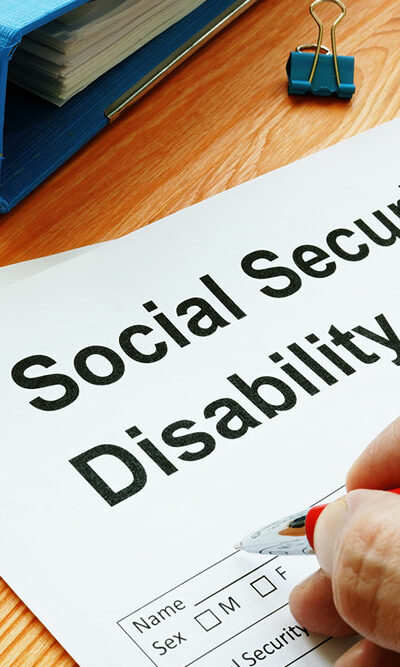
6 ways to support individuals with disabilities
Individuals with disabilities face many unique challenges in their daily lives. By using certain creative techniques and being mindful of accessibility barriers, one can support such individuals while they are at work, at home, or in social settings. These accommodations often require awareness, flexibility, and thoughtful considerations. Here are a few ways one can help people with disabilities to improve their participation, mainly at work, and create a fair and inclusive environment for them. Ask first before extending help Always make it a point to ask people with disabilities if they need help rather than assuming they do. One can also ask for specific instructions on what help is needed to ensure the individual feels empowered and independent. It’s also necessary for one to respect their boundaries. Check accessibility before planning anything Before planning a meeting or an outing, ensure that the spaces are accessible to people with disabilities. It ensures their full and easy participation. For example, in work settings, installing a visual warning system for emergencies will help people with hearing impairment. Some other ways of supporting them include providing interpreters, amplifying systems, note-takers, and communication through emails instead of announcements for meetings. Respect their personal space Mobility aids like walking sticks or wheelchairs form part of the personal space of those with mobility-related disabilities, so avoid touching or leaning against them or moving these pieces of equipment without their permission. Avoid using jargon while speaking It is best to avoid using jargon as such words can sometimes be abbreviations for other concepts; also, avoid using gestures, as they may signify other meanings. For example, ADA stands for average daily attendance, but it also stands for the Americans with Disabilities Act, the American Dental Association, and so on. Do not speak in exaggerated tones or facial expressions, which may cause misinterpretations.



